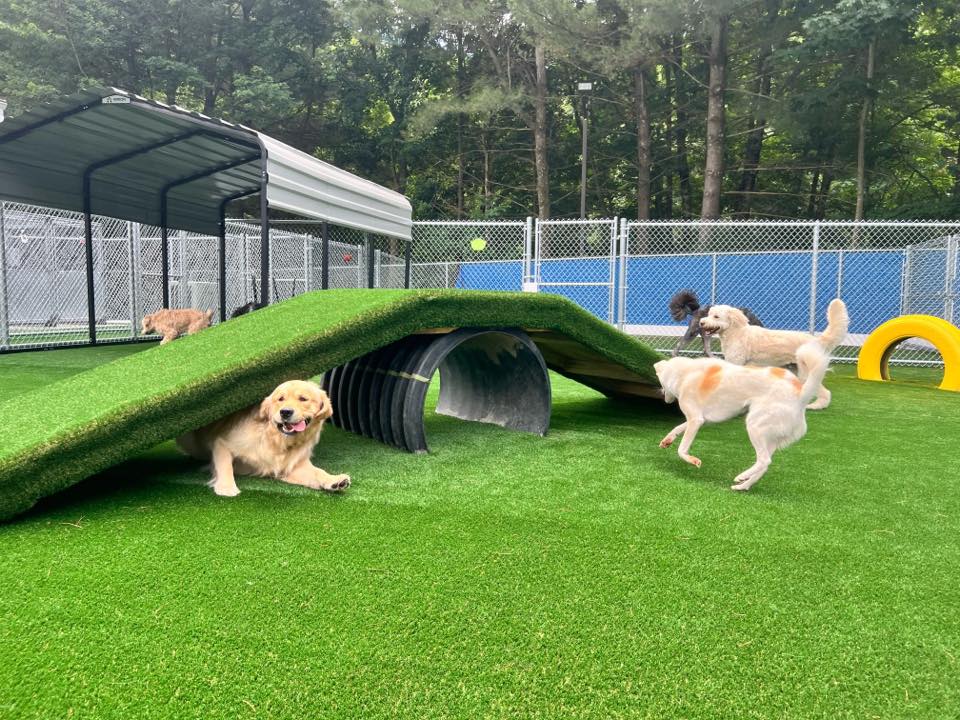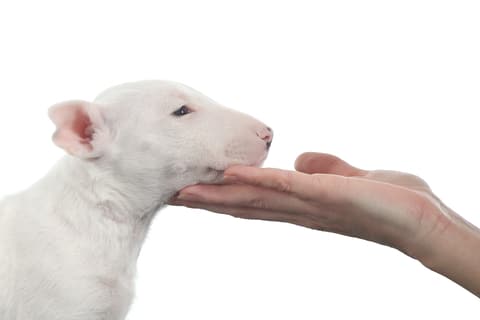Over the course of my 40+ year career as a professional dog trainer, I’ve gone through two major changes of training method. My career started with “correction training.” After a few years, I attended a week-long training camp that used a hybrid “lure” method, combining food lures and corrections, about which I co-authored two books.
I thought that would be my approach for the rest of my life, but then in the mid ‘90’s, I was introduced to positive reinforcement marker method and never looked back. This is what we use today, and about which I wrote my book THE THINKING DOG. This approach, commonly (and misleadingly) called “clicker training,” uses an event marker (a word or sound such as “yes” or “good”) to tell the dog the precise behavior that has earned a reward—providing important information to the dog.
As I’ve practiced (in the medical and legal sense) dog training and instructing (teaching others to train their own dogs), and studied the science of learning and dog behavior, I’ve solidified my training principles into a philosophy that seeks and uses training techniques that meet the following criteria:
- First, a method has to work. This is, of course, a no brainer—that the dog learns how to perform the desired behavior using that method of training. Virtually every method of training “works” to some extent, or no one would use it, so meeting the remaining criteria is critical.
- Next, the method must be fair to the dog. Some approaches are based on setting the dog up to make a mistake and get a “correction”—which really isn’t fair to the dog. Collar corrections—also called checks, jerks, pops—are painful (euphemistically called “discomfort”). Until the dog knows what to do in response to a command, the dog can’t avoid the correction. Fair methods focus primarily on teaching positive responses rather than relying on the dog learning to avoid making mistakes.
- Third, the method must do no harm to the relationship between the dog and owner. A training method should build trust and be based on cooperation rather than causing fear or using intimidation and dominance.
- Next, the average dog owner, including children, must be able to use the techniques. This means that a training method cannot rely on a dog owner having exceptional talent, skilled timing, innate dog-handling skills, or training through physical strength or domination.
- And finally, the average dog owner must be willing to perform the training techniques. That means that a method must not ask or require owners to do something to their dogs that they find too challenging or objectionable.
Years ago I attended a seminar presented by a well-known and extremely successful dog trainer. When my Mastiff did not lie down quickly enough, and was not responding to the techniques the trainer had me try (none of which I would use today, but ‘back in the day’ I did stuff I wish I hadn’t), she said, “You’ll have to hit her with a 2 X 4.” I laughed, certain that she was joking. Imagine my horror when she said she wasn’t kidding. At that moment I learned what “seeing red” means. I grabbed my dog and said, “If training means hitting my dog with a 2 X 4, I’ll have none of it!” and walked out. Out in the parking lot, I did what any self-respecting woman would do—I hugged my dog and cried.
Despite decades of science and experience, many trainers continue to use methods that do not fit these criteria. A recent trend is toward “balanced” training, meaning whatever method works best for the individual dog. Unfortunately, using “what works” implies that the ends justify the means.
I cannot justify using correction training, even though I know it works. After all, it was the method I first learned and used for years. But methods based on dominance and physical skills, including timing of leash “corrections” methods are not fair to the dog, and if used improperly, negatively impact the human-dog relationship.
Putting the dog in a position of success and rewarding the dog for the correct response is not only in harmony with my philosophy, this approach to training blows other methods out of the water.








